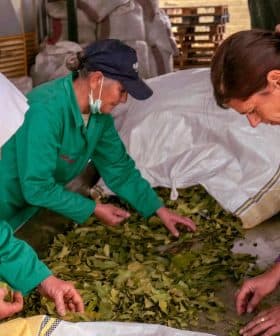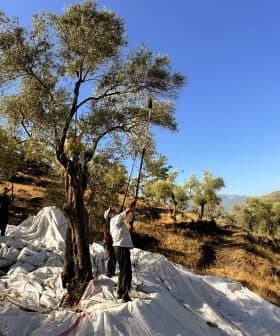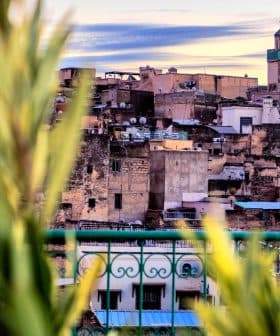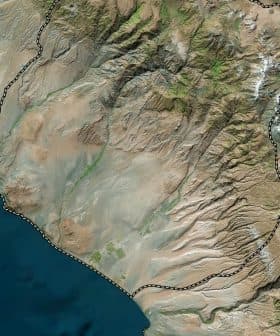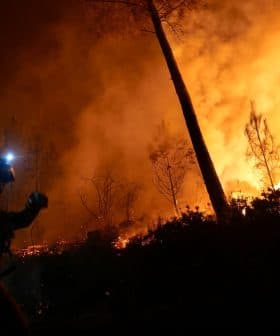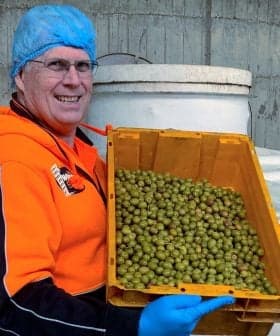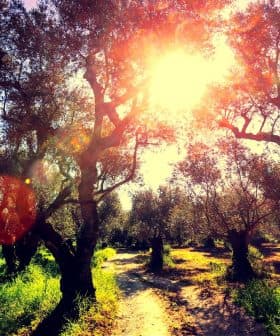Heat and Drought Hamper Olive Harvest in Morocco
Producers in Morocco are anticipating low olive yields due to persistent heatwaves in the country’s main olive-producing regions, potentially leading to a 30 percent decrease in production without rain. Despite efforts to boost olive production, climate change and drought are posing challenges to Morocco’s agricultural sector, with only six percent of Africa’s agricultural land under sustainable irrigation.
Olive oil and table olive producers in Morocco are preparing for low yields as the 2021/22 crop year gets underway.
Persistent heatwaves in the country’s two largest producing areas – Marrakesh-Safi and Fes-Meknes – have largely been blamed for the predicted production dip. Producers in Marrakesh-Safi specialize in table olive production, while those in Meknes produce most of the olive oil.
“If it rains within a week, production could improve significantly with at least a 30 percent increase,” Rachid Benali, president of the Moroccan olive producers’ association, told local media. “In the absence of rain, we can expect losses of the same level.”
See Also:2021 Harvest UpdatesInitially, the Moroccan olive sector predicted a 14-percent increase in production translating to about 2.2 million tons of fruit harvested for both oil production and table olive production.
However, the hot and dry summer has led to dire declines in dam reserves. In turn, this caused water supplies for irrigation to be cut during the critical phase of the fruit development. According to data from Juan Vilar Strategic Consultants, 83 percent of Moroccan olive groves are irrigated.
Morocco is a major producer of table olives and olive oil in the world. Olive groves occupy more than one million hectares in the country and are grown in five separate regions, all of which are located in the north of the country.
According to International Olive Council data, Morocco produced 160,000 tons of olive oil and 130,000 tons of table olives in the 2020/21 crop year.
Overall, the olive sectors account for roughly five percent of the country’s agricultural GDP and achieve an annual turnover of around 6.6 billion Moroccan Dirham (€630 million).
In an effort to boost its olive oil sector, the country launched an effort to plant more trees and increase olive production to 2.5 million tons by 2020. According to the ministry of agriculture, Morocco has achieved 94 percent of this objective.
However, climate change may impair the North African country’s ability to fully realize this goal.
Morocco has been experiencing high temperatures caused by warm, dry air blowing north from the Sahara Desert. These uncharacteristic gusts have led to temperatures up to 15 ºC above average.
July and August had the highest temperatures ever recorded in the country with thermostats hitting 50 ºC.
According to a recent report from Oxford Business Group (OBG) on climate change in Africa, desertification is posing a major challenge to the agricultural sector in Morocco.
The report also showed that statistics from the United Nations Food and Agriculture Organization, which indicate Africa is the second-driest continent in the world (Antarctica is the driest) with about 40 percent of the continent plagued by drought.
Drought is an ever-present threat with only six percent of Africa’s agricultural land under sustainable irrigation.
While the Moroccan government has made attempts to put in place sustainable irrigation initiatives, the country’s agricultural sector is still striving to achieve these goals.


